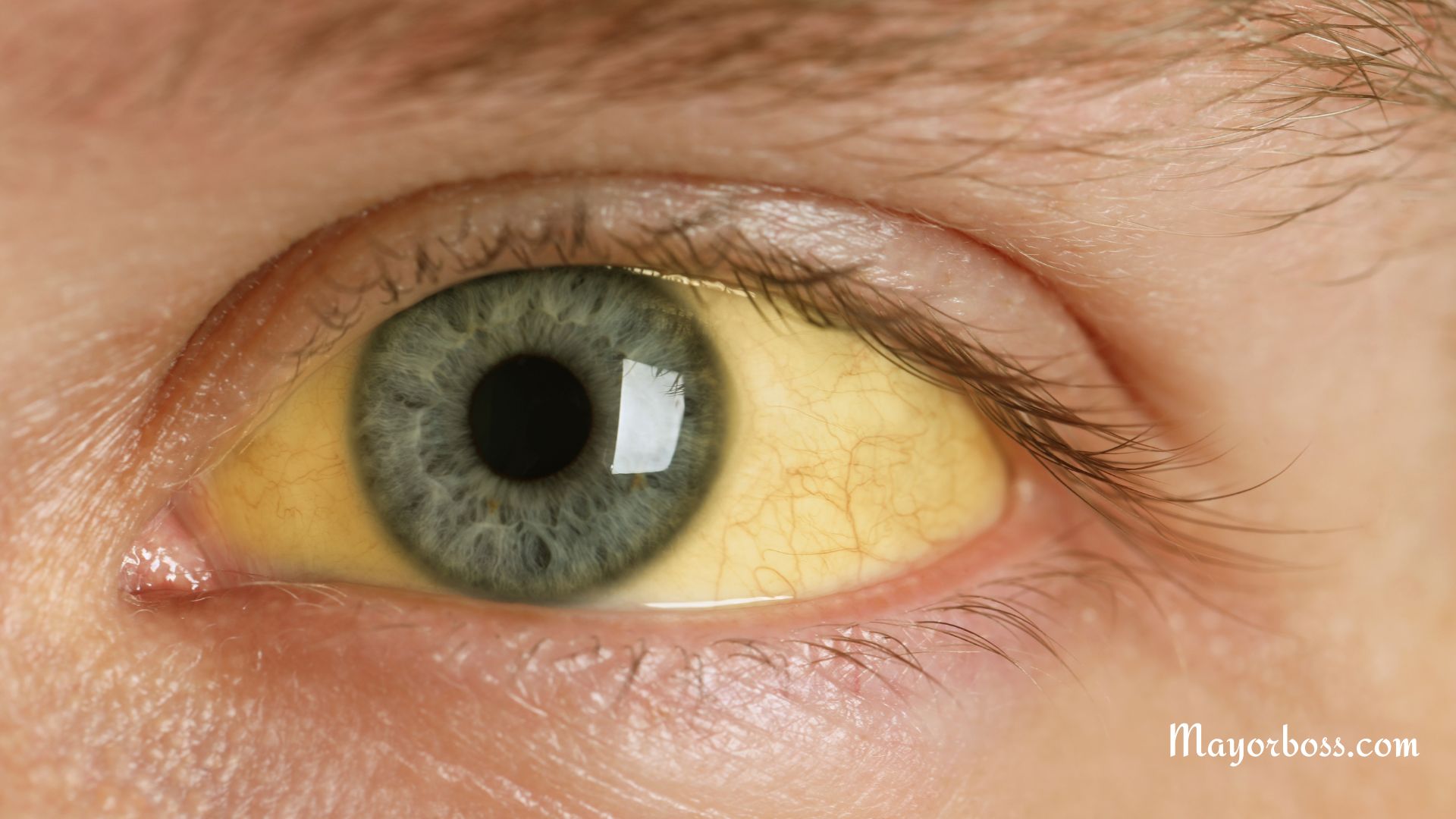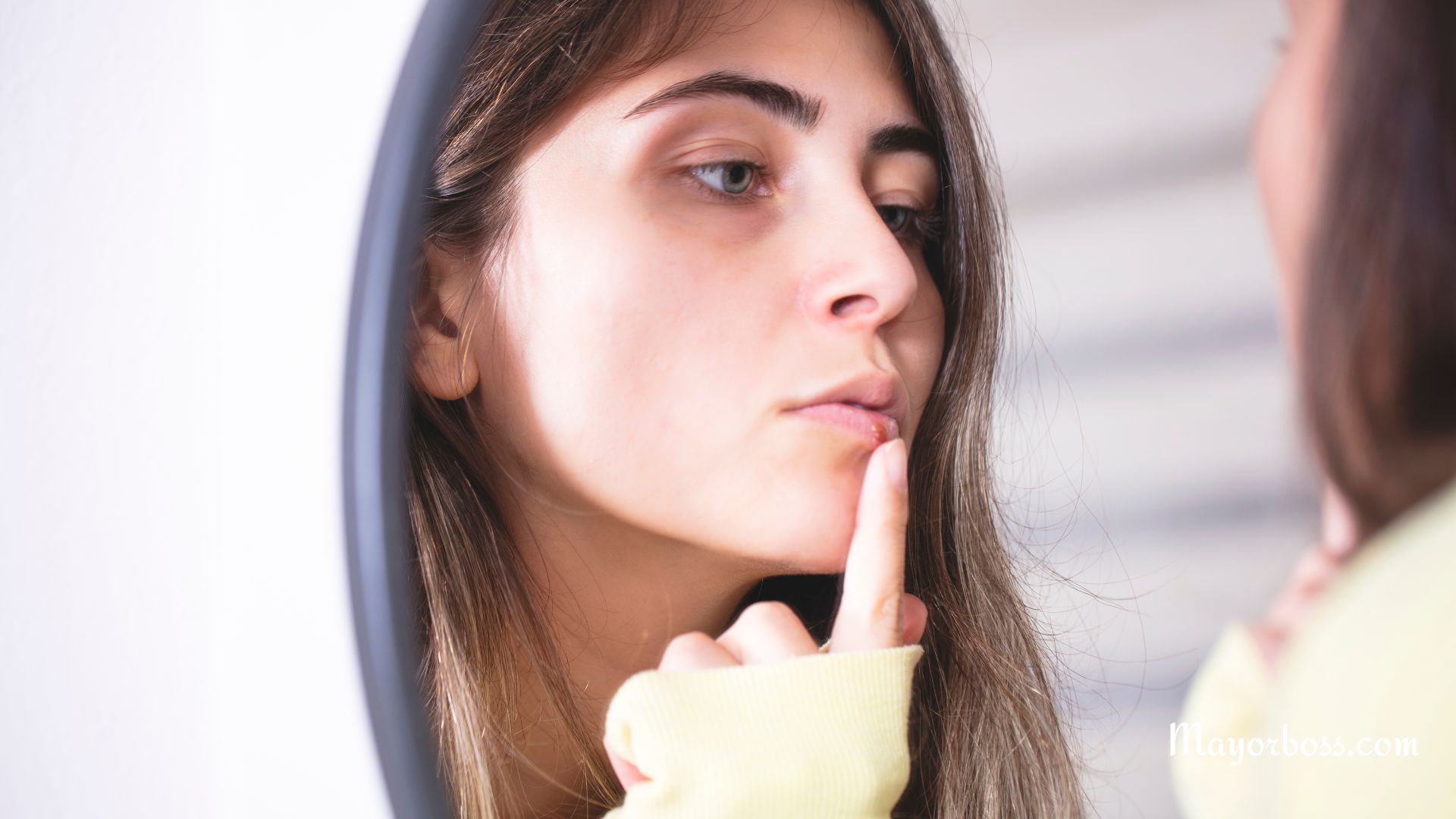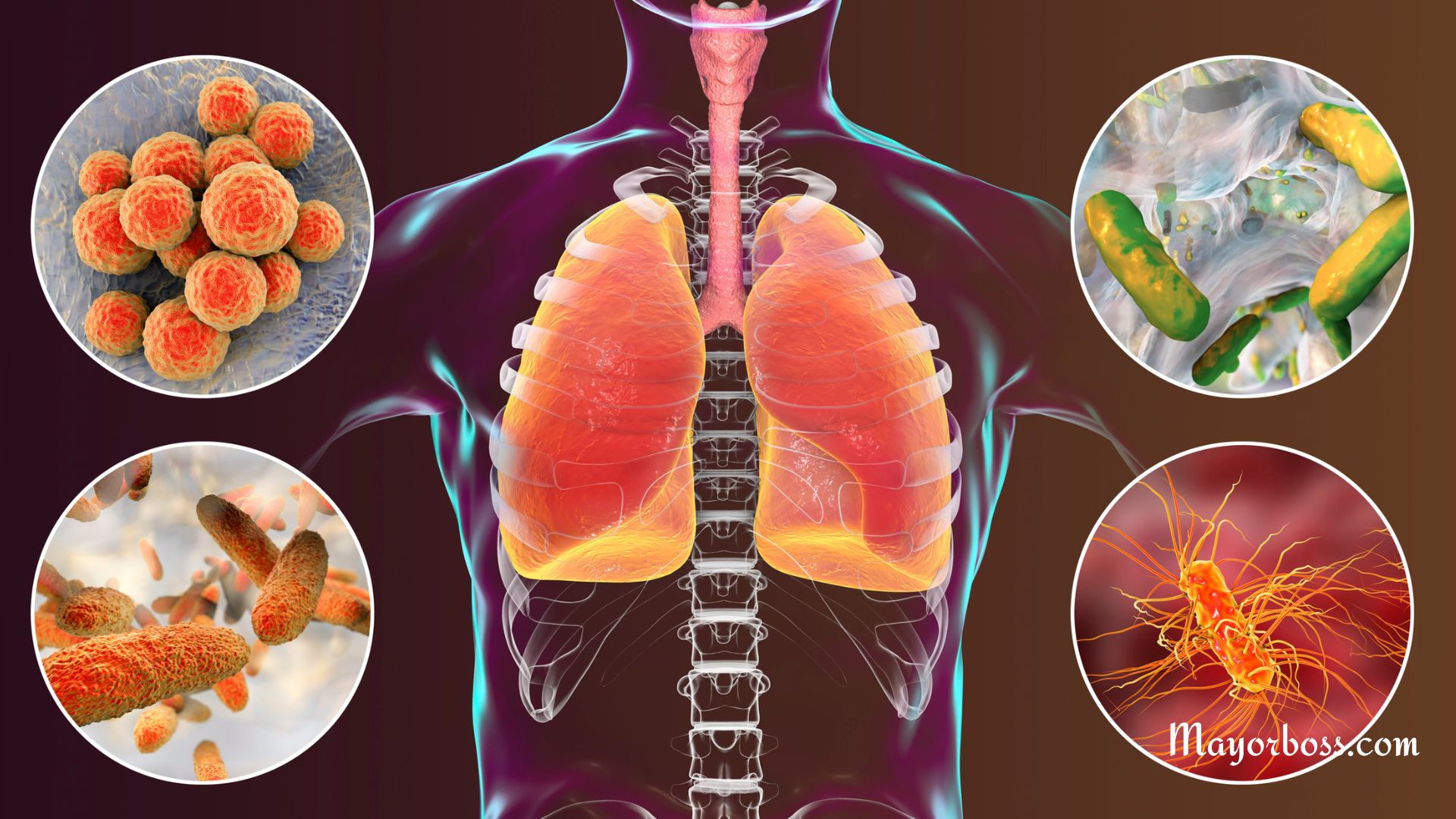What Causes Yellow Eyes and How to Treat Them
Yellowing of the whites of the eyes, also known as jaundice, can be a concerning symptom. The whites of your eyes usually appear bright white, so a yellow discoloration is noticeable and can be alarming. While sometimes harmless, it can also indicate underlying health problems that require medical attention. Understanding the possible causes of yellow eyes is crucial to seeking the right treatment and ensuring good health. Here, we will explore the common cause of yellow eyes.

1. Hepatitis
Hepatitis means inflammation of the liver, often caused by viral infections. It can lead to jaundice due to impaired bilirubin processing, a yellow pigment produced by the breakdown of red blood cells.
Symptoms
Diagnosis
Diagnosis involves blood tests to measure liver enzymes and bilirubin levels. Imaging tests like ultrasound or CT scans may be used to assess the liver.
Treatment
Treatment depends on the specific type of hepatitis. Options may include antiviral medications, steroids, and lifestyle changes like abstaining from alcohol and maintaining a healthy diet.
2. Gallstones
Gallstones are hardened deposits of cholesterol, bile pigments, and other substances that form in the gallbladder. They can block the bile ducts, preventing bile from reaching the intestines and causing bilirubin buildup.
Symptoms
- Sudden and severe upper abdominal pain
- Nausea and vomiting
- Back pain
- Fever and chills
Diagnosis
Diagnosis involves abdominal ultrasound and other imaging tests to identify gallstones and assess the biliary system.
Treatment
Treatment options include medication to dissolve gallstones, surgery to remove the gallbladder (cholecystectomy), or a procedure to remove the stones themselves.
3. Pancreatitis
Pancreatitis is inflammation of the pancreas, an organ that produces digestive enzymes and insulin. It can cause jaundice when inflammation or blockage affects the pancreatic duct, impacting bile flow.
Symptoms
- Severe upper abdominal pain
- Nausea and vomiting
- Fever
- Rapid heartbeat
Diagnosis
Diagnosis involves blood tests to measure pancreatic enzymes and imaging tests like ultrasound or CT scans to assess the pancreas and surrounding organs.
Treatment
Treatment depends on the severity of pancreatitis and may include pain medication, intravenous fluids, and antibiotics. In severe cases, surgery may be necessary.
4. Hemolytic Anemia
Hemolytic anemia is an ailment in which red blood cells are destroyed at a faster rate than they are produced. This can lead to excessive bilirubin production, causing jaundice.
Symptoms
Diagnosis
Diagnosis involves blood tests to measure red blood cell counts, bilirubin levels, and other markers of hemolysis.
Treatment
Treatment depends on the underlying cause of hemolytic anemia and may include medications, blood transfusions, and other therapies.
5. Gilbert’s Syndrome
Gilbert’s syndrome is a genetic condition where the liver slightly underprocesses bilirubin, leading to mild and often asymptomatic jaundice. It is typically harmless and does not require treatment.
Symptoms
- Mild yellowing of the eyes and skin
- Fatigue
- Abdominal discomfort
Diagnosis
Diagnosis involves blood tests to measure bilirubin levels and genetic testing to confirm the presence of Gilbert’s gene mutation.
Treatment
Treatment is usually not necessary unless symptoms are severe. Lifestyle changes like maintaining a healthy diet and avoiding alcohol may be helpful.
6. Certain Medications
Certain medications can cause yellowing of the eyes as a side effect. These include:
- Antibiotics
- Anti-inflammatory medications
- Antifungal medications
- Birth control pills
- Statins
Symptoms
- Yellowing of the eyes and skin
- Nausea and vomiting
- Fatigue
- Loss of appetite
Diagnosis
Diagnosis involves a thorough review of medications and medical history. Liver function tests and other investigations may be needed to rule out other causes.
Treatment
Treatment involves discontinuing the offending medication and switching to alternative options. In some cases, supportive care like hydration and dietary modifications may be needed.
7. Carotene-rich Food
Eating large amounts of carotene-rich foods, such as carrots, sweet potatoes, and mangoes, can cause a harmless yellowing of the skin and eyes. This condition is called carotenemia and is not a cause for concern.
Conclusion
Yellow eyes can be due to various causes ranging from harmless conditions like Gilbert’s syndrome to more serious issues like hepatitis or pancreatitis. It is crucial to seek medical evaluation for prompt diagnosis and appropriate treatment.






